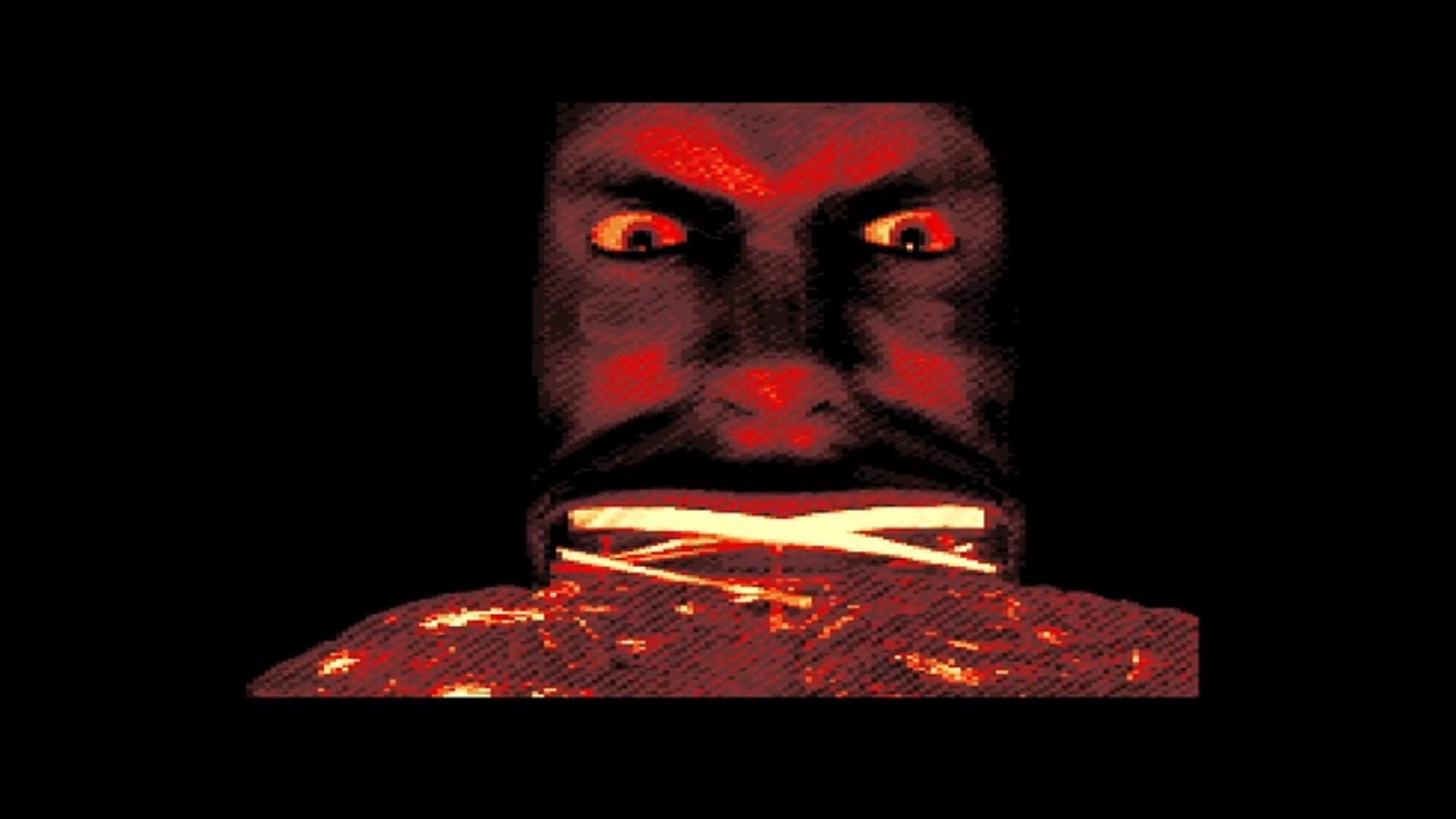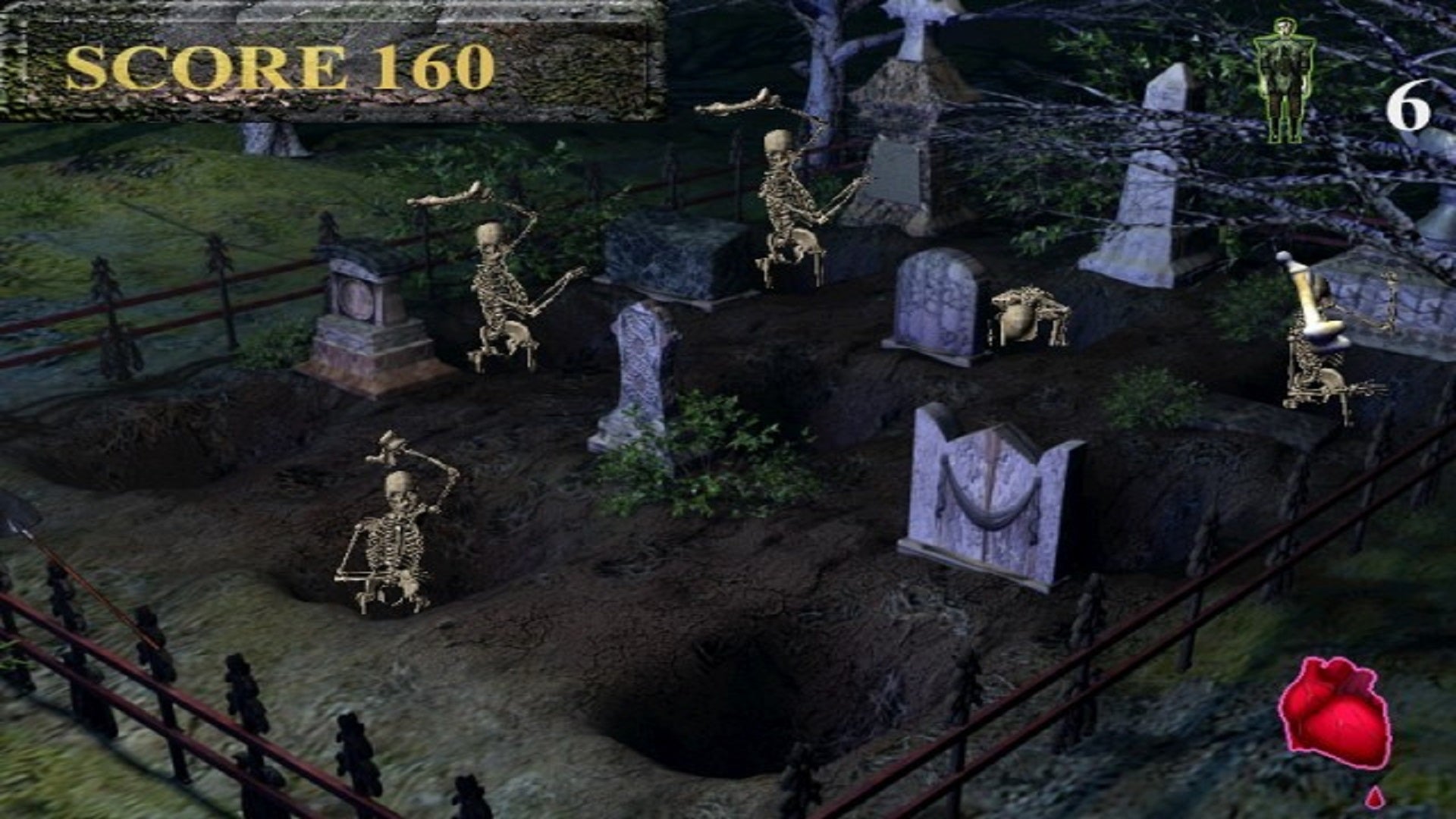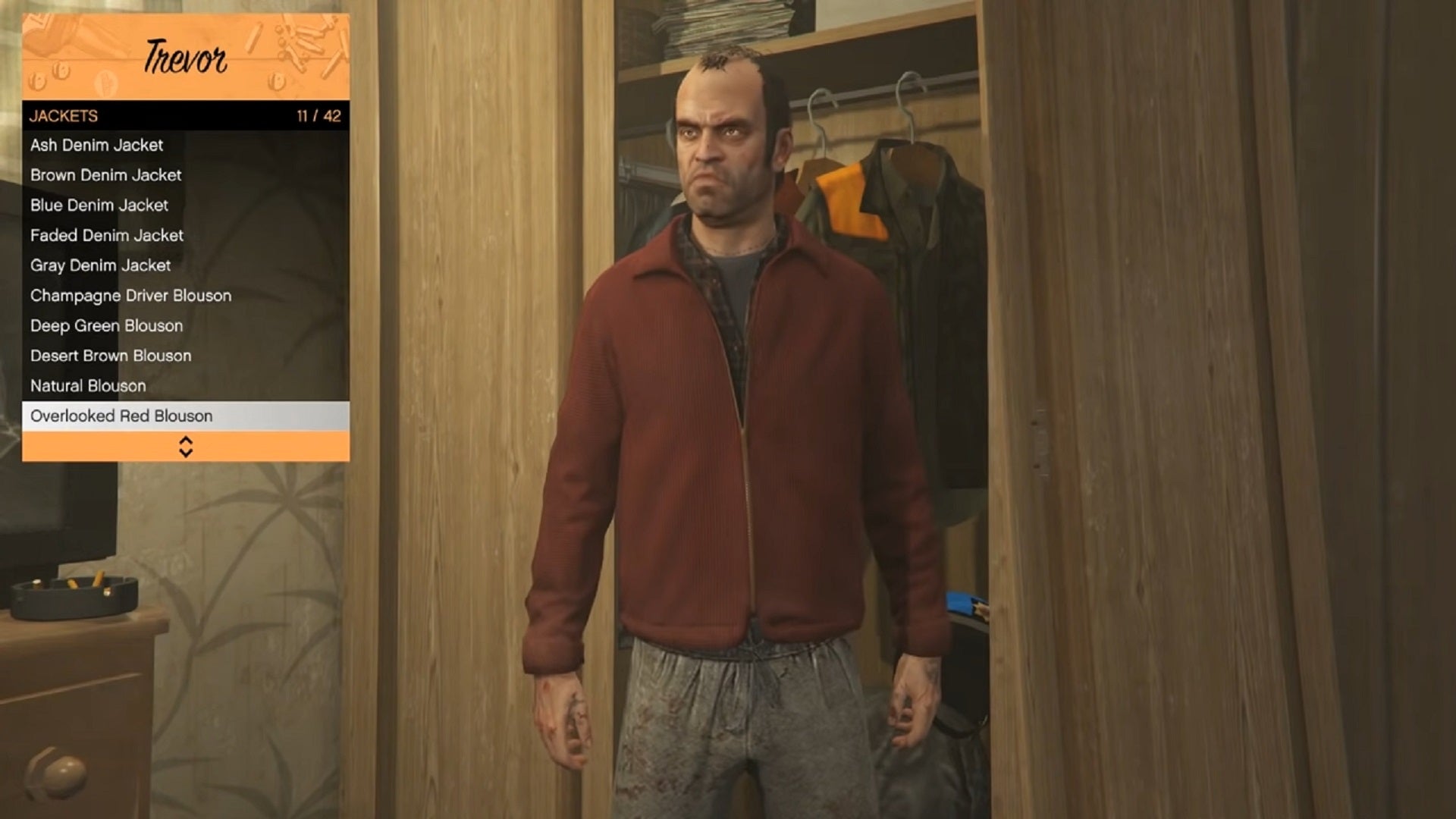My choice of Skeleton Crew for this Halloween’s reading material wasn’t random, as it opens with King’s 1980 novella The Mist. I particularly wanted to revisit this story because, well, in case you can’t tell, I really like video games; and The Mist is one of surprisingly few King stories to have received a video game adaptation. I find this so surprising because sooner or later, any even moderately successful author tends to see their work adapted into other media. Though movies might still be the default, we’re increasingly seeing popular books being retold as prestige TV shows; big-budget audio dramas; and, of course, video games. You just need to look at the success of The Witcher series to see that there are serious possibilities for games based on books. This is perhaps particularly true for genre fiction, though some more “literary” novels have been adapted into video games as well, such as last year’s interactive fiction take on Orwell’s Animal Farm. Stephen King is more than just moderately successful. In fact, he’s among the bestselling living novelists. Furthermore, he’s an outspoken advocate for new entertainment technologies who will famously sell the adaptation rights to his stories for a single dollar. So you’d think the market would be flooded with everything from sprawling open-world Dark Tower RPGs to Christine skins in racing games. But really, there’s next to nothing. King’s brief and (the evidence suggests) unhappy relationship with video games adapted from his books began in 1985, with a text adventure game closely based on The Mist. A work of text-based interactive fiction seems like a fairly safe way to adapt a popular work of prose, and indeed the game was relatively well-received. The interactive version of The Mist is pared down considerably from King’s 150 page novella. Particularly noticeable are the excision of the original story’s slow-burn set-up where several major characters are introduced; and the absence of the protagonist’s young son, who is quickly shunted off-screen instead of being a significant presence in the action. The game opens with the titular mist rolling over a small Maine town and the monsters within beginning to wreak their havoc within the first couple of paragraphs. But, as the saying goes, the story has good bones, and the skeleton is still clearly visible, especially after the rushed opening gives way to a pretty faithful recreation of the original, with several sections of King’s lush descriptive prose retained verbatim. Text adventure games are, of course, terrifically retro now, but I did have fun with this one. I can see why it was regarded positively in its time for its action-survival feel, even if one element that’s very much absent from the game is any real sense of dread in the face of The Mist’s cosmic horrors. Unfortunately, this moderately successful first foray into video games for King would also be the high point. It’s probably worth clarifying before we move on to other examples that Stephen King never seems to have been particularly hands-on with any of the video games that bear his name. In an interview with Retro Gamer Magazine, The Mist’s head writer Raymond Benson (himself an author, hence perhaps the unexpectedly high quality of the finished product) recalled that his sole conversation with King revealed a real lack of interest in the project on the creator’s part. Even less likely to bear the King of Horror’s own fingerprints are those video games released as tie-ins to movies based on his work. The Running Man is a 1989 beat-em-up more properly attributed to the Arnold Schwarzenegger movie than King’s original short novel, on which the film was only loosely based to begin with. And the movie The Lawnmower Man — which was technically adapted twice as a video game in the mid-’90s, as an interactive movie for PC and a platformer for consoles — bears so little resemblance to the short story it’s named for that to even call it an adaptation of King’s work feels like a real stretch. Truthfully, it’s unlikely that King had any control over the movies’ IP by the time these tie-in games were made. Yet if you dismiss them, you literally halve the catalogue of official Stephen King video games. It’s already a meagre selection, and King fans hungry for interactive spooks have chewed over every crumb on the table. King probably did sign off on The Dark Half, a 1992 point-and-click adventure game based on his novel of the same name, because “A Stephen King Thriller” appears right there on the title screen. Though in this case the game is nominally unconnected to the movie adaptation released the following year, it does actually incorporate some stills from the film, so I have my doubts. Regardless of the truth, this one certainly advertised itself as a direct adaptation of King’s novel and, if you thought The Mist had established this as the better formula, you’d be disappointed. The Dark Half is infamous as one of the worst point-and-click adventures of all time, and as a fan of the genre, I can confirm that it’s up against some pretty stiff competition. This, for me, is the biggest missed opportunity, because The Dark Half feels like it had the most promise: a strong choice of gameplay style to fit the story, just the right amount of adherence to the source material… and yet it bombed perhaps the hardest of all. The next five years or so were completely devoid of King video game adaptations, and honestly you can see why he was keen to leave well enough alone. His final foray into official video games to date came all the way back in 2000, with the release of Stephen King’s F13. This baffling collection of random horror wallpapers, screensavers, and sound effects mainly exists to justify selling a CD-ROM containing the full text of one of King’s short stories, showcasing his early support of the ebook format (hence, I assume, his name actually appearing in the title this time). But it just barely qualifies as a video game as well, thanks to its inclusion of three generic horror clicker games. F13 was widely ridiculed by reviewers and, as the man himself often ominously says about characters who are definitely about to die off-page: no game developers ever saw Stephen King again. With a back catalogue like the one listed above, it would be hard to blame King if he was wary of dipping a toe back into the video game market, after basically having the whole foot stripped to the bone by piranhas on half a dozen previous occasions. These days, the only way to play any of these games is to dig out some seriously old technology or visit a potentially-dodgy abandonware site that hosts them in-browser. But honestly, if you want to get spooky with a Stephen King video game this Halloween, you’ll almost certainly have more fun checking out one of the many, many actually good games out there today that bear his influence. The makers of Half-Life, Silent Hill, Alan Wake, and so many others have acknowledged Stephen King as a major source of inspiration, and the list of Stephen King easter eggs in games ranging from just about every indie title to the likes of Fallout and Far Cry is as almost as long as one of his own door-stopper novels. The official tie-ins are more likely to induce unintended giggles than shivers down your spine. But in my mind, the real Stephen King video games are those affectionate homages made by developers who captured the spirit of King’s writing, rather than over-relying on the marketability of a famous name.




